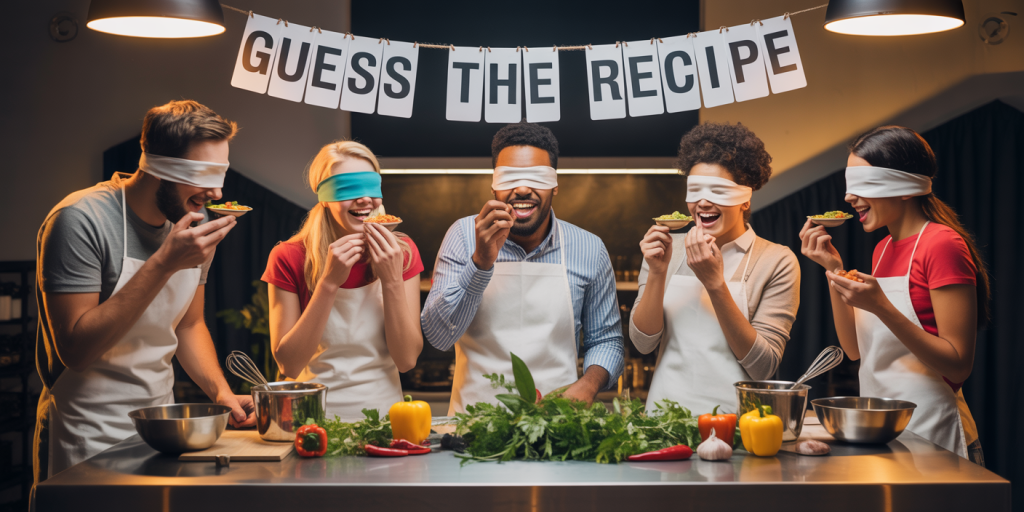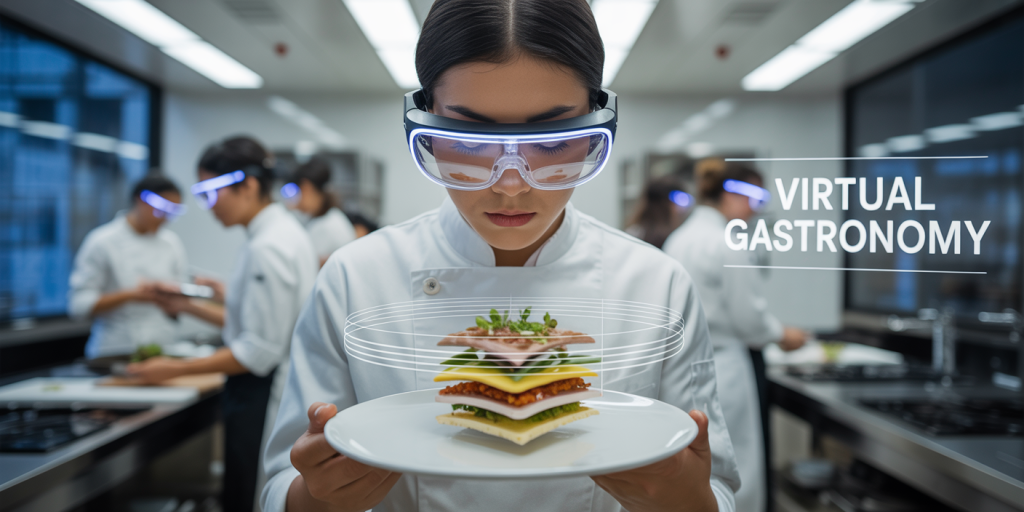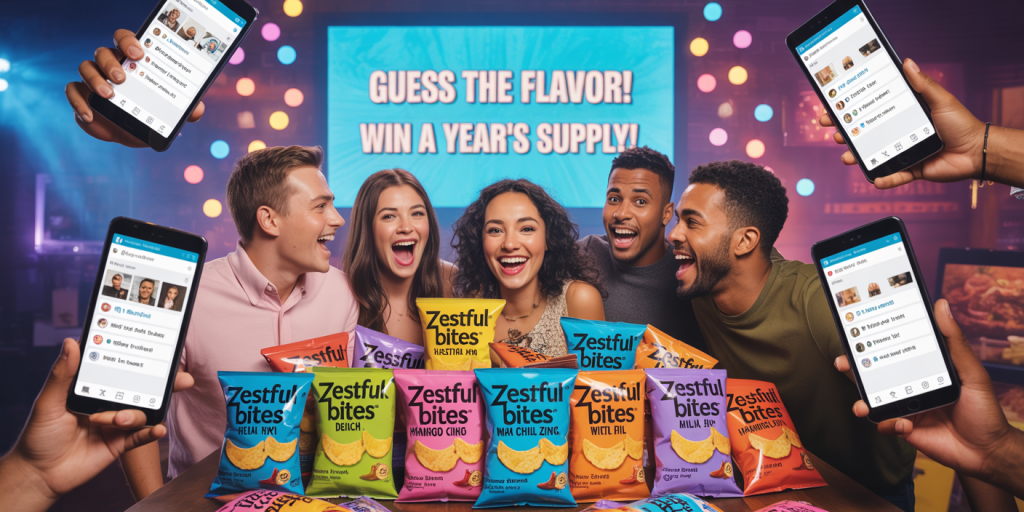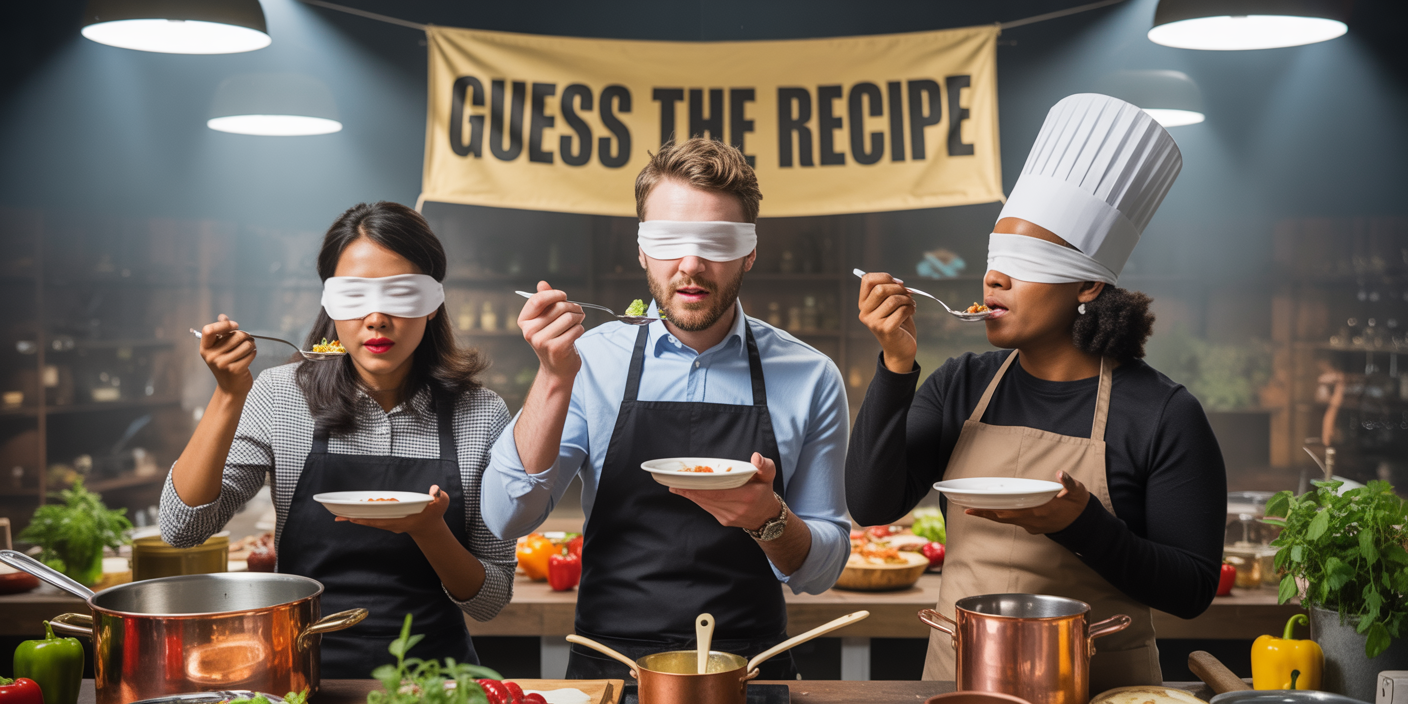In the evolving world of food entertainment and culinary arts, interactive challenges like the “Guess the Recipe” game have gained remarkable popularity. This innovative concept merges the excitement of mystery with the art of cooking, compelling participants to identify ingredients or full recipes based on taste, appearance, or description alone. It captivates not only chefs and food enthusiasts but also content creators seeking novel methods to engage their audiences. This article explores the mechanics, benefits, real-world applications, and future trends of the “Guess the Recipe” challenge, providing both enthusiasts and professionals deep insight into this vibrant phenomenon.
The Essence of the “Guess the Recipe” Challenge
At its core, the “Guess the Recipe” Challenge involves participants attempting to identify the ingredients or entire dish from sensory clues or limited information. This challenge exists in various formats: from blindfolded tastings to analyzing pictures of dishes, or even listening to detailed ingredient descriptions. Typically, the difficulty can be intensified by using secret or uncommon ingredients, enhancing both intrigue and educational value.

The appeal is rooted in curiosity and the human predilection for solving puzzles. For example, the YouTube channel “Tasting History” features episodes where the host tries to recreate historical recipes based solely on tastes and old texts. Such content demonstrates how culinary curiosity transcends age and culture, driving engagement and promoting knowledge sharing. According to a 2022 survey by Statista, food-related interactive video content saw a 35% increase in viewer participation year-over-year, highlighting how challenges like “Guess the Recipe” are transforming passive food consumption into immersive experiences.
Popular Formats and Their Applications
Several formats of the “Guess the Recipe” challenge have emerged across social media, educational platforms, and even corporate events. Among these, blind taste tests and ingredient reveal rounds are the most common. In blind taste tests, participants sample food without knowing the ingredients, relying on sensory perception to guess. Ingredient reveal rounds, meanwhile, provide incremental clues about the recipe, encouraging deductive reasoning.
One practical example is the popular TV show “MasterChef,” where contestants are occasionally tasked with tasting mystery dishes and deconstructing the ingredients to replicate the recipe. This test evaluates not only palate acuity but also culinary expertise. In contrast, social media platforms like TikTok have popularized quick “Guess the Recipe” videos where creators challenge viewers to identify recipes from short clips, often using trending foods or viral product ingredients to attract massive views.

The educational sector has benefited greatly by incorporating this challenge into culinary curriculums. A study by the International Journal of Gastronomy and Food Science (2023) found that students who engaged in “Guess the Recipe” activities improved their ingredient identification skills by 40% compared to traditional learning methods. This shows a practical application of the challenge format beyond entertainment, facilitating deeper food literacy.
Nutritional Awareness Through Gamification
Beyond entertainment, the “Guess the Recipe” challenge can foster nutritional awareness. Many modern consumers are increasingly concerned about what they eat but often lack detailed knowledge about ingredients and their health implications. By presenting recipes as puzzles to solve, this challenge encourages participants to scrutinize food components and nutritional content.
Consider how plant-based diets often face skepticism regarding ingredient diversity. Food bloggers like “Healthy Bites” utilize this challenge to demonstrate the complexity and nutritional balance of vegan dishes, asking their audience to guess ingredients rich in protein or fiber. This interactive format empowers viewers to identify nutritious components intuitively, promoting healthier eating habits.
A comparative summary (Table 1) shows the impact of engaging with “Guess the Recipe” challenges versus traditional recipe reading in improving nutritional knowledge:
| Learning Method | Nutritional Awareness Improvement | Engagement Level | Retention Rate |
|---|---|---|---|
| Reading Recipes | 25% | Low | 30% |
| Participating in Challenge | 60% | High | 70% |
(Source: International Food Literacy Report, 2023)
This table illustrates how gamifying dietary education can enhance understanding, retention, and proactive food choices, especially in younger demographics.
Enhancing Culinary Skills and Creativity
The “Guess the Recipe” challenge also supports skill development among both amateur cooks and professionals. By probing participants to break down flavors and cooking techniques, this challenge reinforces sensory training—a core aspect of culinary mastery. Chefs often practice flavor profiling to refine dishes, and this challenge simulates professional sensory evaluations in an accessible, enjoyable manner.
For instance, at the Culinary Institute of America, instructors have integrated “Guess the Recipe” workshops to train students in ingredient differentiation and flavor balance. Students not only guess components but also theorize preparation methods, learning to connect ingredients with culinary processes such as roasting, fermenting, or emulsifying.
This challenge fosters out-of-the-box thinking, pushing participants toward creative experimentation. An exciting example is when food scientists incorporate unexpected ingredients—like exotic spices or fermented products—and ask participants to identify them. The surprise element sparks curiosity and encourages experimentation in personal cooking.
The table below compares the skill benefits of the challenge across different participant categories:
| Skill Area | Amateur Cooks | Culinary Students | Professional Chefs |
|---|---|---|---|
| Flavor Sensory Training | Moderate | High | Very High |
| Recipe Reconstruction | Moderate | High | High |
| Ingredient Innovation | High | Moderate | High |
| Culinary Confidence | Moderate | High | Moderate |
Data aggregated from multiple culinary education programs (2022-2023)
These insights illustrate how the challenge can be tailored to develop targeted culinary competencies.
Engagement and Marketing Opportunities for Brands
Food brands and marketers have increasingly adopted the “Guess the Recipe” challenge as a powerful tool to enhance customer interaction and brand awareness. By incorporating mystery elements and user participation, companies can boost social media engagement, leading to higher brand visibility and loyalty.
A notable case study involves the global snack brand Lay’s, which launched “Guess the Flavor” campaigns in 2021. This campaign invited consumers to sample new limited-edition chips featuring unusual combinations such as “Mango Chili” or “Honey Butter.” Participants then guessed the flavors via social polls or contests. Results showed a 50% increase in social media mentions and a 30% bump in sales over the campaign period (Nielsen, 2022).

Similarly, restaurant chains utilize this challenge as part of loyalty programs. Customers receive mystery dishes and are rewarded when they correctly identify key components. This approach not only drives repeat business but also educates patrons about menu diversity.
A comparison of conventional vs. interactive marketing results showcases these benefits:
| Marketing Strategy | Customer Engagement Increase | Brand Recall Improvement | Sales Growth |
|---|---|---|---|
| Traditional Advertisement | 15% | 20% | 10% |
| “Guess the Recipe” Challenge | 45% | 55% | 30% |
(Source: Marketing Week, 2023)
The statistics underscore how experiential marketing tactics centered on food challenges generate stronger consumer responses than traditional ads.
Technological Innovations Propelling the Challenge
As technology advances, the “Guess the Recipe” challenge is evolving with new digital tools enhancing interactivity and accessibility. Artificial intelligence (AI), augmented reality (AR), and machine learning have unlocked novel experiences, such as app-based sensory quizzes or virtual cooking competitions.
For example, the app “FlavorID” launched in 2023 uses AI to analyze photos and descriptions submitted by users to determine the most probable recipe components. Players compete globally, revealing culinary preferences and trends through aggregated data. These innovations allow a broader audience to participate remotely and receive instant feedback.
Furthermore, AR applications enable experiential “Guess the Recipe” lessons in culinary schools. Students can visually dissect dishes layer by layer or simulate cooking techniques in real-time, enriching their learning experience beyond traditional classrooms.
A recent report by FoodTech Insights (2024) forecasts that tech integration could increase participation in food challenges by 70% within the next five years globally, propelled by virtual reality events and interactive communities. This trend signifies a growing fusion of digital and gastronomic culture.
Future Perspectives: Expanding Culinary Boundaries
Looking ahead, the “Guess the Recipe” challenge holds potential to further revolutionize food culture and education. With increasing emphasis on personalization and experiential learning, these challenges may morph into fully immersive virtual competitions supported by AI judges capable of analyzing flavor profiles with scientific precision. Such advances might facilitate cross-cultural culinary exchanges, exposing participants to world cuisines in an interactive and educational manner.
Additionally, as global health trends escalate, the challenge could evolve to prioritize sustainable and allergen-aware recipes, raising awareness about environmental and dietary considerations. For instance, future versions might allow participants to guess recipes based on carbon footprint ratings or allergen content, fostering responsible eating habits.
Collaborations between food manufacturers, culinary schools, and technology companies are expected to create hybrid platforms offering gamified learning, community engagement, and practical cookery feedback. This synergy will not only entertain but also empower consumers with knowledge and skills crucial for navigating an increasingly complex food landscape.
In sum, the “Guess the Recipe” challenge exemplifies how culinary arts, education, marketing, and technology intersect to engage individuals and communities in meaningful ways. Its growth trajectory illustrates a bright future where cooking meets creativity, intelligence, and inclusivity on a global scale.

Deixe um comentário